The World’s Most Amazing Five-a-Side Football Field

This photo of a five-a-side football field surrounded by lush greenery in the jungle of Sabah, Malaysia, has been doing the rounds on the internet for the last few days. And for good reason, as it looks like a place that can only exist in someone’s fantasy. The picture was captured by a teacher at […]
Vietnamese Woman Claims to Have Invented Safe Plant-Based Herbicide, Drinks a Bottle to Prove It

Phung Thi Hung, chair of Hanoi-based Cat Tuong Technology and Import/Export Company, recently shocked people in her home country after consuming a bottle of what she called a very effective plant-based herbicide, to prove that it was safe for humans. The unusual demonstration took place on April 21, during a workshop on controlling pests and protecting […]
Thai Hospital Provides Masks for Women Too Shy to Get a Potentially Life-Saving Pap Smear Test

The gynecology ward at the Nong Krot Hospital, in Thailand’s Kamphaeng Phet province, looked more like a masked ball hall a couple of days ago, as both patients and staff wore masks to conceal their faces. The initiative was meant to make women more comfortable about getting a pap smear test. Named after its inventor, Greek doctor […]
Intricately “Tattooed” Fish Caught in the Philippines Sparks Wacky Online Debate
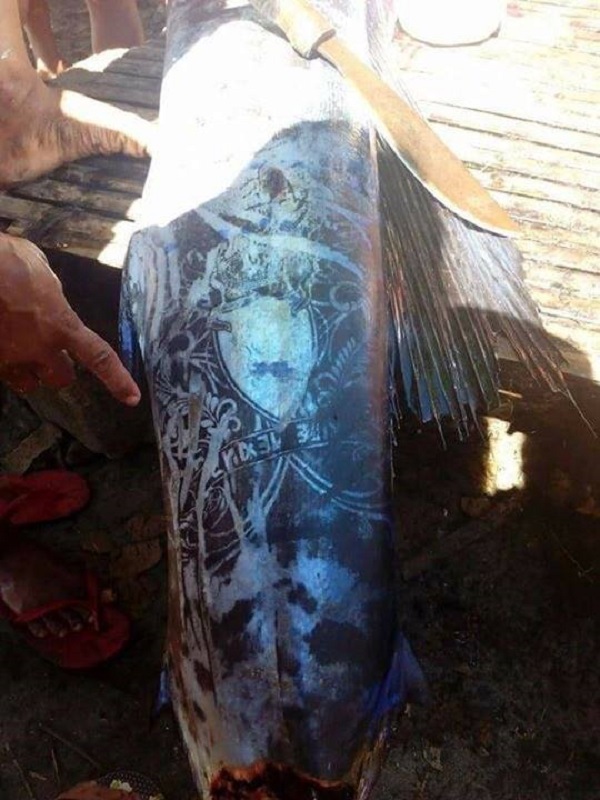
Photos of a large fish caught in the southern Philippines that appears to have its skin covered with artistic tattoo-like markings has sparked quite a debate on social media, with people offering the most outrageous explanations for the intricate design. The fish was caught by fishermen in the province of Lopez Jaena, Misamis Occidental, who […]
Man Pays 200 Strangers to Act as Guests at His Wedding, Ends Up in Jail
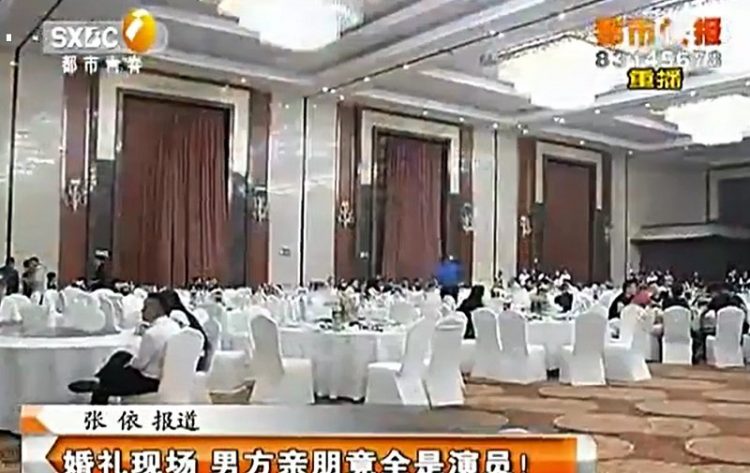
What was supposed to be the happiest day of their lives turned into a complete nightmare for a young couple in China, after it was revealed that the groom had hired 200 random people to act as his friends and relatives at the wedding. The groom, known only by his surname, Wang, and his fiancee, […]
The Brave “Spiderman Cleaners” Risking Their Lives to Keep China’s Mountains Trash-Free
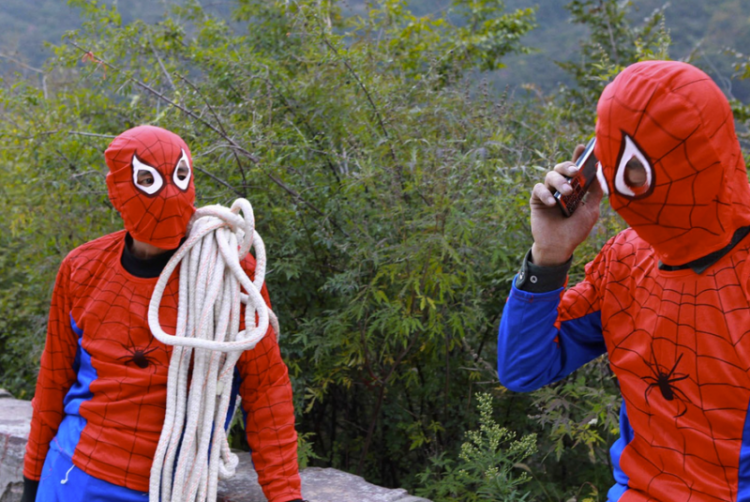
With millions of Chinese visiting the country’s sacred mountains every year, keeping them trash-free is incredibly difficult. Luckily, that’s where the Spiderman cleaners come in. These dedicated men an women risk their lives on a daily basis, rappelling down steep cliffs to reach plastic bottles, bags and various other garbage thrown there by uncivilized tourists. […]
82-Year-Old Japanese Woman Spends Her Days Making Dumplings and Her Nights Dropping Beats as a Nightclub DJ

82-year-old Sumiko Iwamuro runs a Chinese restaurant in Tokyo, where she spends her days making “gyoza” dumplings, but when the sun sets, she turns into DJ Sumirock, an energetic party-starter dropping beats in popular nightclubs around the Japanese capital. Sumiko discovered her passion for techno music 12 years ago, while choosing the music at her son’s birthday party, […]
Chinese City Installs Automatic Pedestrian Gates to Prevent Jaywalking

Authorities in the Chinese city of Wuhan have recently equipped busy intersections with automatic pedestrian gates that only open when the traffic light turns green. The measure is aimed at preventing jaywalking, which has become a serious problem in many urban centers across China. Chinese officials have been cracking down on jaywalkers for years. Jaywalking in […]
Artificial Intelligence Engineer Builds Himself a Robot Wife

Zheng Jiajia, a 31-year-old artificial intelligence expert from Hangzhou, China, recently made headlines after marrying 1-year-old Yingying, a “female” robot that he built himself. Zheng graduated from Zhejiang University in 2011 with a master’s degree in artificial intelligence, and spent 3 years working for Chinese tech giant Huawei, before joining Hangzhou’s Dream Town, a base for internet and tech […]
Vietnamese Man Hasn’t Clipped His Fingernails in Over 35 Years

Luu Cong Huyen, a 58-year-old man from Yen Giao, in Vietnam’s Nam Dinh province, has been growing his fingernails for over three and a half decades, and takes great care to avoid any activity that might cause him to accidentally break on of his keratinous treasures, even bathing. If you’re hoping to find a good reason for […]
Meet FORPHEUS, the World’s First Robot Table Tennis Tutor
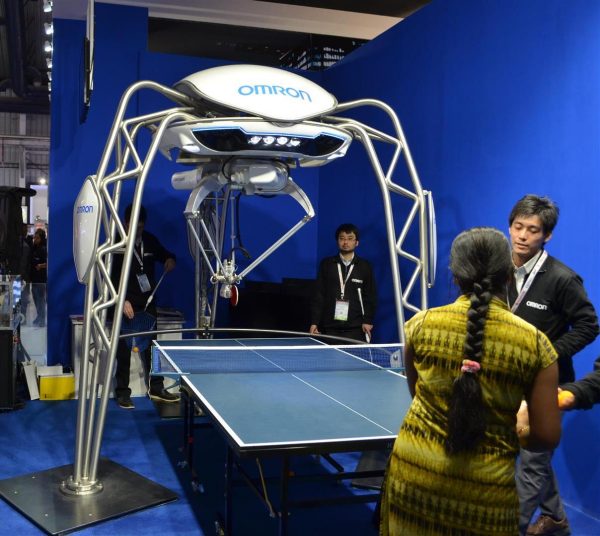
An advanced robot developed by Japanese electronics company Omron has recently been certified by Guinness World Records as the world’s first robot table tennis tutor. FORPHEUS (Future Omron Robotics Technology for Exploring Possibility of Harmonized Automation with Sinic Theoretics) used machine learning to asses the skills of a human player, adjust its game accordingly and provide tips […]
Honk Kong Supermarket Sells Individually-Packaged Strawberries for $22
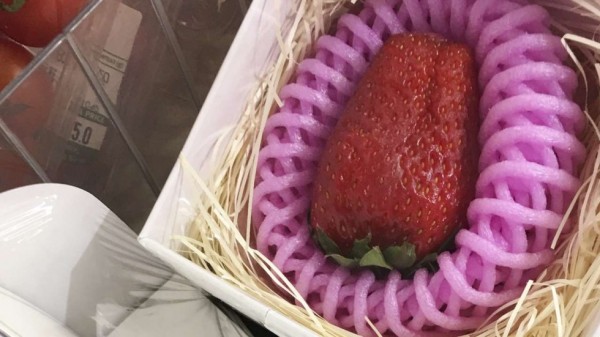
Looking for an original Valentine’s Day gift? How about a special Kotoka strawberry hand-picked in Japan that comes pre-packed in a special gift box? It’s said to be very tasty, and it only costs $22. City’super, a supermarket chain in Hong Kong, has come under fire recently for selling what many have called “the most […]
Indonesian Mayor Shuts Down Luxury Cinema Because Bed Seats Promoted Adultery

Indonesian cinema chain CGV has been forced to shut down their Velvet Class venue in the city of Palembang because the ultra-comfortable seats made local authorities uncomfortable. CGV Velvet Class cinemas are awesome! Instead of regular seats, or even reclining ones, they feature leather beds complete with pillows and blankets, for a ridiculously comfortable movie […]
New Japanese Gym Lets You Work Out with a Cute Maid

Maid cafes have been a big part of Japanese pop culture for a while now, but the maid phenomenon is transitioning into other areas as well. For example, a new gym near Tokyo’s famous Akihabara district offers patrons the chance to work out while assisted by beautiful trainers wearing maid costumes. Can you imagine pumping some iron with a cute […]
Vladimir Putin Calendars Are Very Big in Japan

You probably didn’t even know that a government-approved Vladimir Putin calendar actually existed, but even more surprising is the fact that it is incredibly popular in Japan, where hundreds of thousands of copies have been snatched up by fans of the Russian president, in the last few months. The official 2017 Vladimir Putin Calendar is […]
